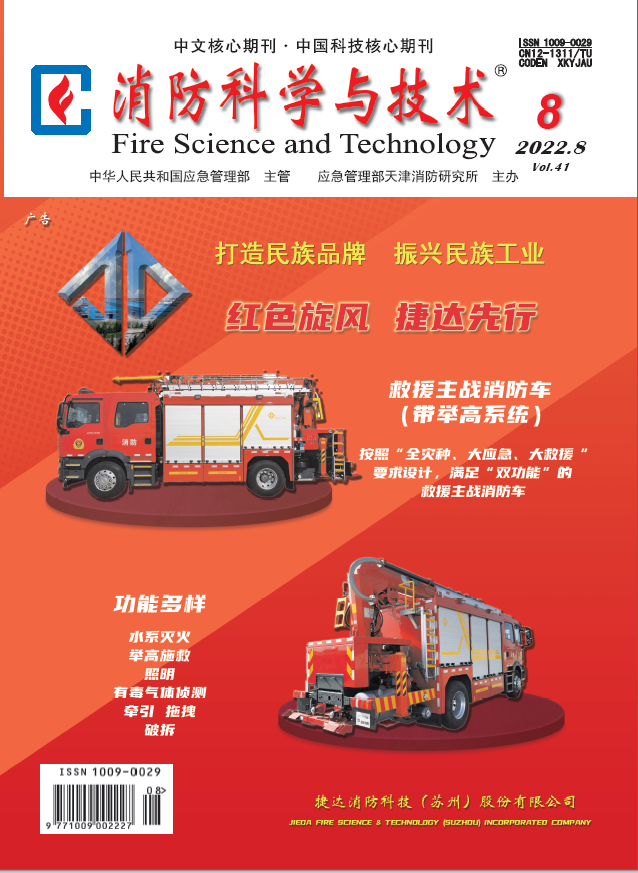|
|
Study on the burning behavior of surface fuels of sprouting quercus variabilis in central Yunnan province
WANG Jin, ZHANG Wen-wen, WANG Qiu-hua, CAO Heng-mao
2022, 41 (8):
1133-1137.
In order to assess the potential fire behavior and the risk of fires in quercus variabilis forest, during the critical period of forest fire prevention, by setting the plots, measuring the tree height, DBH (diameter of breast height), etc., field investigation was carried out in the sprouting quercus variabilis forest of Yunnan natural center of forestry. Surface fuels were collected for laboratory burning experiments, combining the actual conditions in the field and laboratory analysis, including moisture content, fuel load, calorific value, and ash content. The three flammability measures of fuels on the surface of quercus variabilis were studied using indicators such as ignitibility, combustibility and consumability. The results showed that, the moisture content of surface fuels of sprouting quercus variabilis forest was 3.53%~5.04%, the fuel load was 0.44~0.69 kg/m2, the ash content was 12.3%~16.4%, the ignition time was (4.8±0.3) s, the spread rate was (0.36±0.09) m/min, and the burn loss rate was (61.99±9.29)%. It can be found that the surface fuels of quercus variabilis moisture content and ignition temperature are very low, fuel load is small, but ash content is a high level, so three flammability measures are poor. The leaves are too flammable to be easily ignited. The results are conducive to grasping the relevant characteristics of the potential fire behavior of the sprouting quercus variabilis forest, providing a reference for better prevention of forest fire, and theoretical support for forest fire management in central Yunnan province.
Related Articles |
Metrics
|



